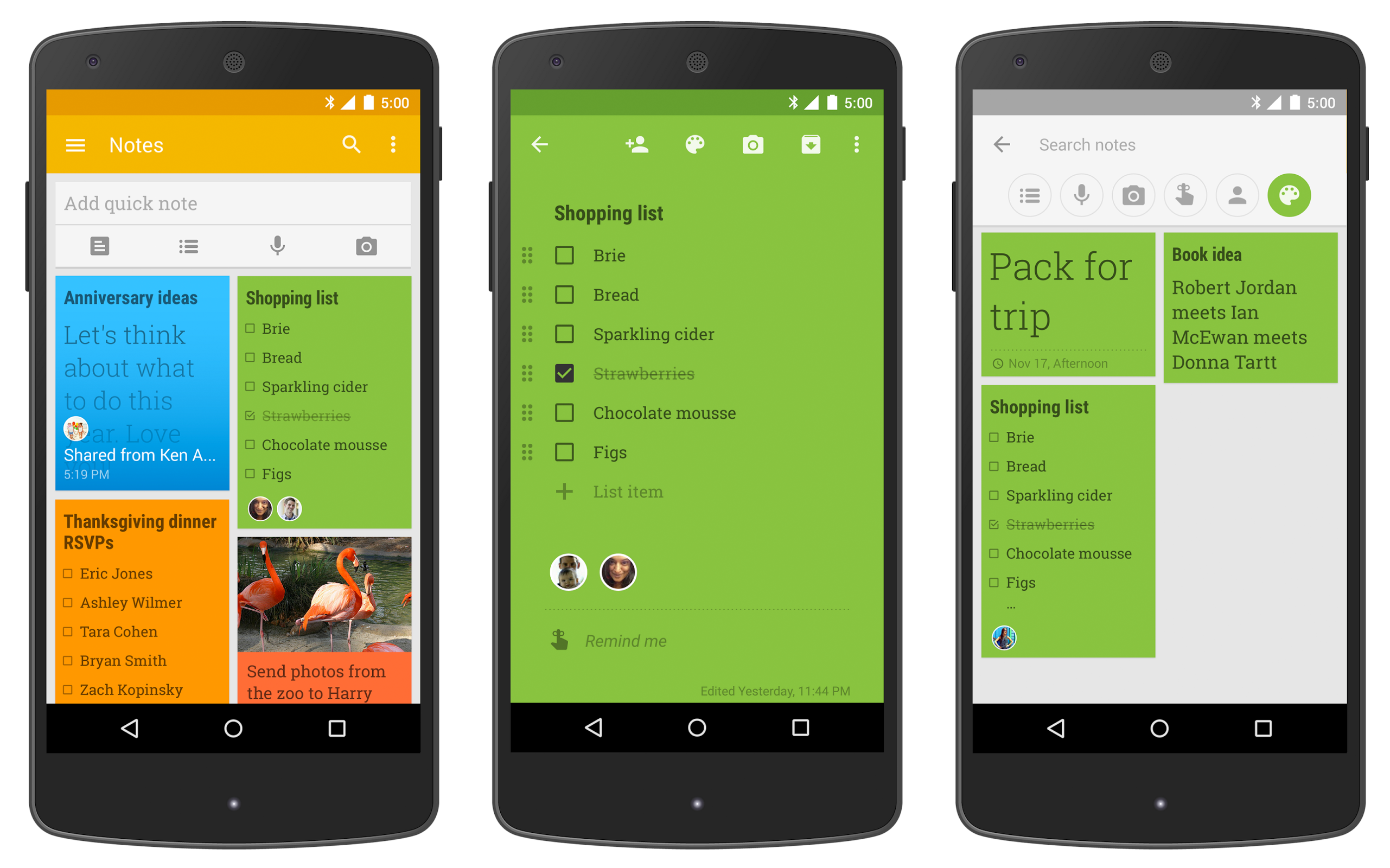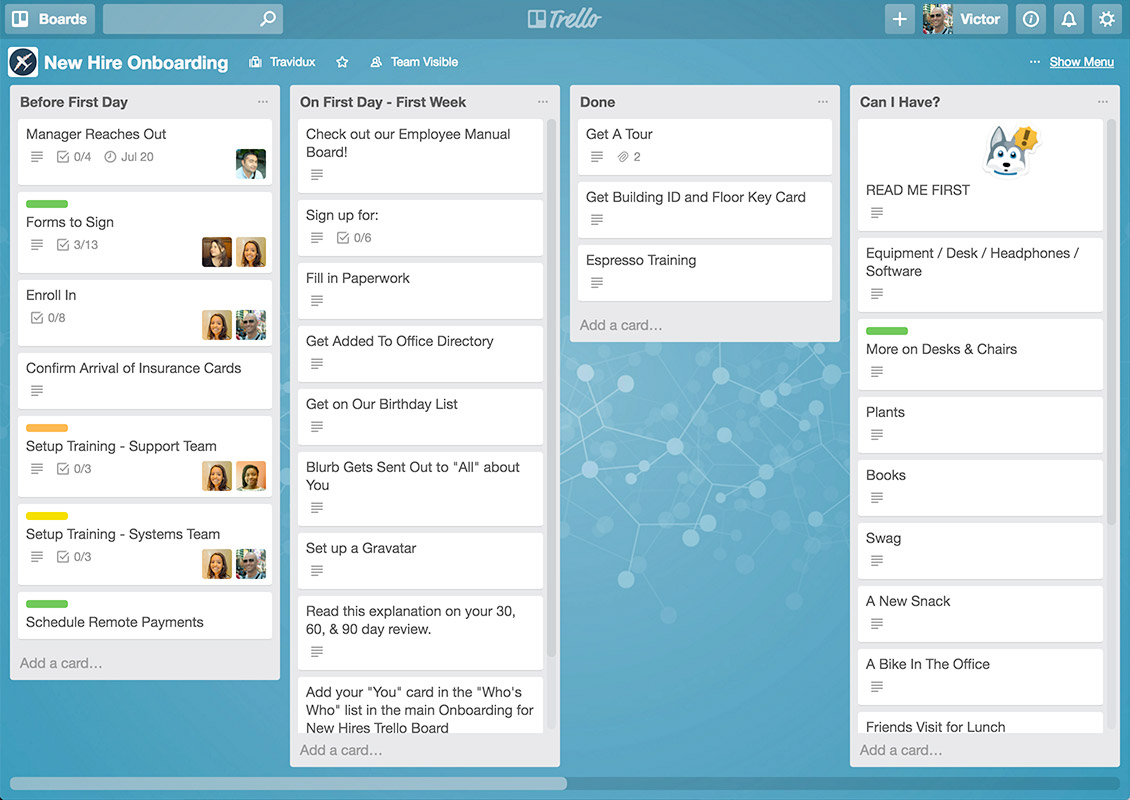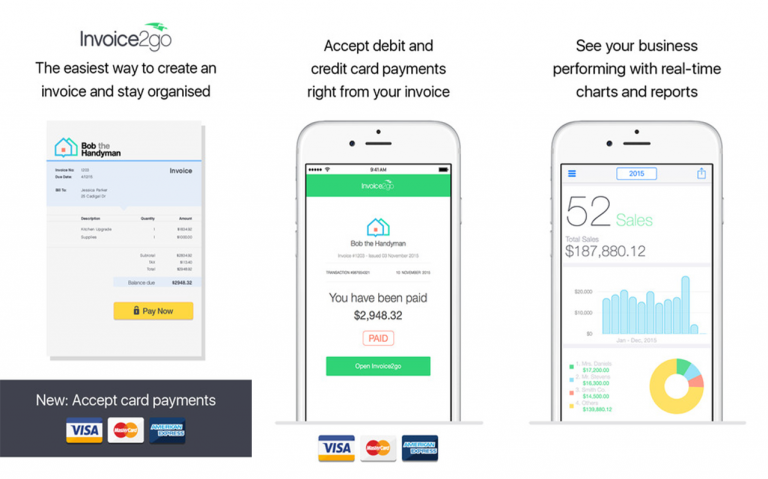Small businesses often struggle to gain visibility and get ahead of their competition. Many falter and face losses during the first few years of their existence. While it’s difficult to succeed in these times of intense competition, it’s not impossible. You just need to have the right ingredients in place to create the winning recipe. You need a combination of luck, perseverance, timing, and a good strategy to succeed in any business.
Fact: 80% of all new businesses fail within the first 18 months of their existence. If you don’t want to be a part of that 80% you need to lay a solid foundation for your business. You also need to possess or develop some qualities as a business owner to succeed in this highly competitive world.
Qualities that small businesses need to have in order to succeed
If you observe successful small businesses and study how they work, you’ll notice that most of them have similar characteristics. They have that winning formula that allows them to survive the turbulent first few months of business. Here are some qualities successful small businesses have:
- Catering to a special or niche market – Small businesses can’t compete with large businesses unless they have something special to offer. For example, a small pizzeria can’t compete against Dominos unless it offers something unique like authentic Italian stone oven pizzas. Successful small businesses find a niche in the market that they fit perfectly and that helps them move past their competition. If you offer the same thing as well-established big brands, you’ll face tougher competition that might hamper your success at the outset.
- Personal relationships with their customers – Big brands can’t establish a personal connection with their customers because they’re too large and have too many branches. Smaller businesses have a better chance at establishing a rapport with their customers. Companies that succeed often develop a loyal and supportive customer base that can keep the business afloat even in times of uncertainty. You can use different channels to approach your customers, including the use of social media and smart marketing.
- Word of mouth – Successful small businesses rely on word-of-mouth marketing as well. They encourage their customers to offer referrals and even offer them incentives to promote their brand. If your customers are satisfied with your services and like your brand, they won’t hesitate to recommend you to others. Most large companies can’t take advantage of word-of-mouth marketing because they are unable to establish a personal connection with their customers.
- Structured for growth – Most business owners fail to consider growth when they create their business structure. They don’t leave any room for expansion and growth, which can limit a company’s potential. Even if you’re on a limited budget, you can ensure your business has room for growth by choosing the right employees and dividing responsibilities. You can also take advantage of modern technology like cloud computing and third-party data banks to ensure your business is scalable without investing too much money upfront. If you don’t focus on growth from the beginning, you’ll have to make big changes down the line that could affect your business and even jeopardise its success.
- Stepping out of the comfort zone – Just because you have a niche market doesn’t mean that you can’t push your business to the limit and introduce new products or services. For example, as a pizzeria owner, you can expand your business by introducing new dishes or even add gelato to your menu! You’ll still cater to a niche market but will have more sources of profit that will help you grow. Adding new products or services requires less effort and money than creating a new branch.
- Focus on your skills – Your business relies heavily on your skill and the skill of your team. Most small businesses succeed because the owners focus on what they can do instead of trying to do something they’re not familiar with. For example, if you’re not an app designer, you shouldn’t try to establish an app designing company. Even if you hire the right people, you’ll fall behind because your lack of knowledge will have an impact on the day-to-day operations. You should build a company that you can run on your own skill if needed, as that will keep it afloat during hard times.
- Delivering value – Does your business fulfil a need? Does it fill a vacuum in the market and provide value to your prospective customers? The answer to these questions will determine whether your business succeeds or fails. Companies that don’t deliver value or fill a gap in the market don’t survive for long.

Most successful small businesses have these qualities and that helps business owners establish a strong foothold. If your business has a solid foundation at the beginning it is better equipped to handle any difficulties it may face.
Qualities of a successful business owner
Even a great business idea and set-up can fail if the business isn’t run well or run by the right person. These ventures rely heavily on the skill and ability of the business owner. If they don’t know how to handle a company or don’t take the time to learn, their business is likely to fail. Here are some traits business owners should possess in order to succeed in this competitive world:
- Leadership – This is the most important quality in a business owner because your team and employees will look to you for direction and guidance. Business owners set the course for the company and influence everything from the branding to daily operations. You set the goals, establish the culture and ethics, make sure the business runs smoothly, pay the bills, and help employees deal with uncertainties. Businesses without good leadership falter in the first few months and eventually fail. You can develop your leadership skills with the help of fellow business owners and mentors.
- Perseverance – The world of business isn’t easy and people who’re not willing to give their 100% will not succeed. You should be willing to give up your weekends, burn the midnight oil, neglect your social life, and work tirelessly to establish your business. You should also be willing to keep going even if your business seems to be faltering. All businesses go through ups and downs, especially in the first few months of starting. You need to look beyond your current problems and focus on your goals.
- Vision for the company – Your company should have a theme and brand for it to stand out from the crowd. That can only happen if you have a good vision and remain committed to it. For example, if your company is known for dedication to customers, you should build all your services and products around this. A vision also acts as a guide for your employees and gives them purpose. They know what your goals are and will find ways to reach those goals.
- Loyalty – The modern work and business environment is very different from the work environment that existed a few years ago. Employees and team members expect ample support from their employers and leaders. They expect you to be loyal to them and protect their interests. Employees and team members are the backbone of your business. If they’re happy and content, your business will thrive. Contrastingly, if they’re troubled and stressed, their productivity levels will drop and your business will falter. You should provide a good working environment to your employees and be loyal to them. They will repay your loyalty with dedication and hard work.
- Willingness to learn and accept help – Business owners and entrepreneurs have a tendency to overestimate their abilities and take on too many responsibilities. They also hesitate to take the advice of their team members and rely solely on their own judgement. This can cause the business to falter and ultimately fail. You should be willing to learn from your employees and team members and accept their help. Running a business can be stressful, but when you rely on your team you share the load and get more work done.

How to succeed in the small business world?
- Set clear goals and milestones for your business and celebrate every achievement.
- Hire the right people for your start-up team and delegate responsibilities to them.
- Make sure you have a clear and distinguishable brand for your company.
- Be customer oriented and have a good customer service system in place.
- Embrace modern technology to make your job easier and reduce the burden on your employees.
- Hire mentors to help you in the first few months of your business.
- Manage your money well and ensure you don’t overspend.
If you keep these traits and recommendations in mind, you’ll be able to run a successful business. While luck and circumstances do play a role in the success of your business, a good foundation will increase your chances of succeeding.














